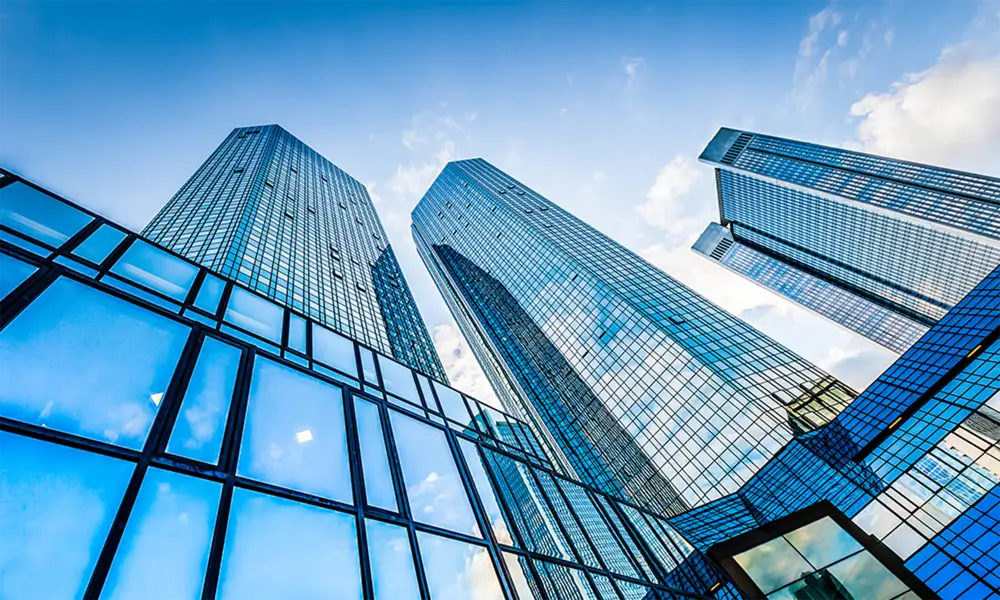

Low Emittance Glass A Step Towards Energy Efficiency
Low emittance glass, often referred to as low-E glass, has emerged as a pivotal technology in the quest for energy efficiency and sustainable building practices. This innovative material is designed to minimize the amount of infrared and ultraviolet radiation that can pass through glass without compromising the level of visible light transmission. The result is a product that not only enhances comfort in indoor environments but also significantly reduces energy costs associated with heating and cooling.
The core functionality of low emittance glass lies in its unique coating. This microscopically thin layer of metal, typically silver, reflects heat back into a room during the colder months while keeping excessive heat from entering during the summer. This dual action is critical in maintaining a consistent indoor temperature, thereby reducing reliance on heating and cooling systems. In essence, low-E glass acts as a barrier, maintaining the desired internal climate and significantly enhancing energy efficiency.
One of the primary benefits of low emittance glass is its impact on energy consumption. Traditional glazing methods allow a significant amount of thermal energy exchange, leading to increased utility bills and a larger carbon footprint. Low-E glass, on the other hand, can improve the energy efficiency of buildings by up to 30%, depending on the climatic conditions and the specific glass product used. This shift towards energy-efficient materials is crucial, particularly in the context of increasing energy demands and the urgent need to combat climate change.

Low-E glass is not only beneficial for energy savings; it also contributes to increased occupant comfort. By regulating temperature fluctuations, it creates a more pleasant living and working environment. Additionally, low-E glass can help filter out harmful UV rays, which are known to cause fading in furniture and fabrics, thereby extending the lifespan of interior furnishings.
The use of low emittance glass is gaining traction not only in residential settings but also in commercial buildings. With increasing building codes and standards focusing on sustainability, incorporating low-E glass is often seen as a viable solution to meet energy efficiency benchmarks. Moreover, many governments and organizations provide incentives for buildings that implement such technologies, further encouraging its adoption.
In summary, low emittance glass is a transformative technology that supports energy efficiency, enhances comfort, and promotes sustainability. As the demand for green building solutions continues to rise, low-E glass will undoubtedly play a critical role in shaping the future of architectural design and energy management. Embracing this innovation is not just a choice for aesthetics; it is a step towards a more sustainable and energy-conscious world.